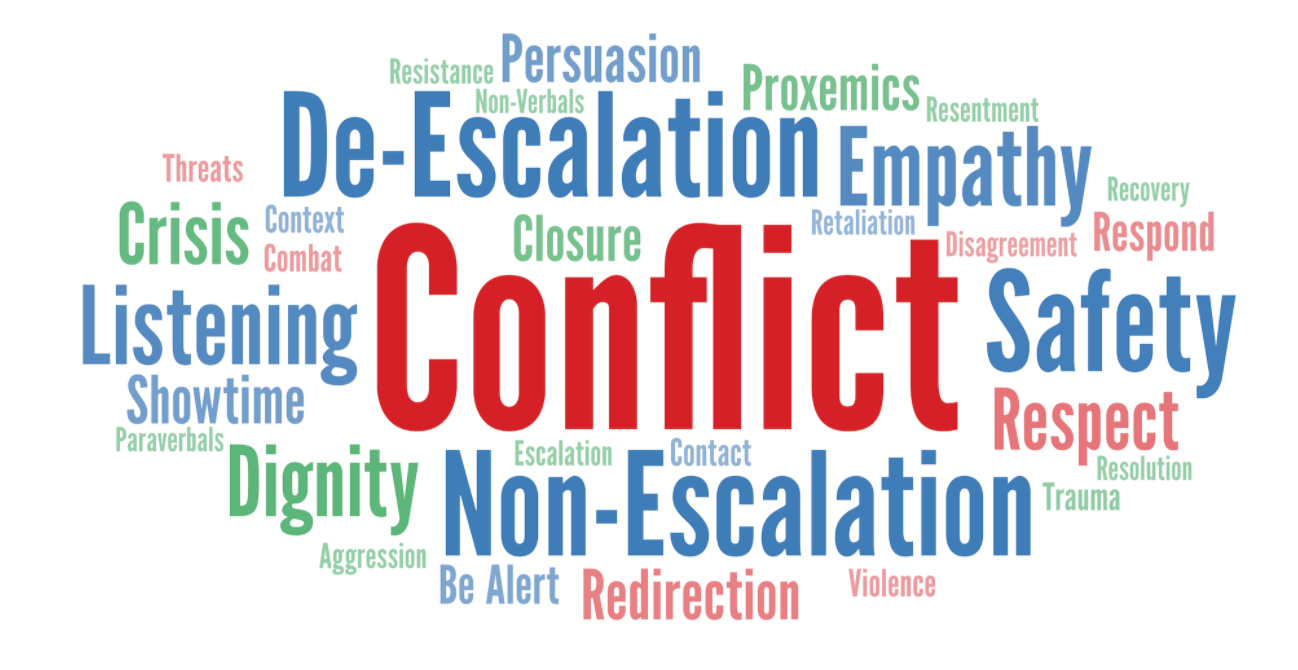Introduction
The modern corporate landscape is fraught with challenges, and crises can strike unexpectedly. Organizations that integrate empathy and emotional intelligence into their crisis management strategies emerge more resilient and adaptable.
Combining these two skills fosters enhanced communication, trust, self awareness, and resilience, benefiting both individuals and organizations. By adopting these qualities, leaders can not only address immediate challenges but also lay the groundwork for long-term organizational success.
1. The Role of Empathy and Emotional Intelligence in Crisis Management

Emotional intelligence is the ability to understand and manage the emotional state of one’s own emotions while recognizing and influencing the emotions of others. Empathy, on the other hand, is the capacity to put oneself in another’s shoes, understanding their feelings and perspectives. Together, these emotional skills can play a crucial role in helping leaders navigate high-pressure situations effectively and compassionately.
During crises, leaders often face high levels of stress and uncertainty. Emotional intelligence enables them to maintain composure, think clearly, and lead with confidence. Empathy ensures they remain attuned to the emotional and psychological needs of their teams, fostering a sense of solidarity and mutual support. By integrating these social and emotional awareness and interpersonal skills together, organizations create an environment where individuals feel valued, understood, and motivated to contribute to collective problem-solving efforts.
2. Enhanced Crisis Response and Recovery

Organizations with emotionally intelligent leaders recover from crises 10% faster, according to research. This improved recovery stems from the ability effective leaders to:
Manage personal emotions during high-stress situations: Leaders who can control their own emotions are better equipped to handle challenging situations without succumbing to panic or frustration.
Empathize with employees’ concerns manage stress: Understanding the fears and anxieties of employees allows leaders to address issues proactively, reducing uncertainty and stress within the team.
Communicate transparently and effectively: Open and effective communication builds trust and ensures everyone is aligned with the organization’s crisis response strategy.
Make balanced decisions that consider both practical and emotional factors: Effective crisis management involves decisions that are not only rational but also compassionate, taking into account the well-being of all stakeholders.
These attributes create a ripple effect, enabling quicker stabilization of operations, smoother transitions, and stronger post-crisis performance.
3. Improved Team Resilience and Morale

Workplaces with empathetic leadership experience a 20% boost in employee resilience during crises. This resilience stems from several factors:
A supportive and understanding work environment: Empathetic leaders create a culture where employees feel safe to express their own feelings and concerns and seek help when needed.
Increased trust between leaders and teams: Trust flourishes when leaders show genuine concern for their teams’ well-being. This trust becomes a critical asset during challenging times.
Enhanced conflict resolution skills that keep morale high: Empathetic leaders are skilled at de-escalating tensions and fostering harmony within teams, ensuring morale remains intact even under pressure.
Resilient teams are better equipped to adapt and respond appropriately to changes, overcome obstacles, and maintain productivity, even in the face of adversity. This resilience not only benefits the organization during crises but also contributes to a stronger, more cohesive workforce over time.
4. Enhanced Communication and Trust

Empathy and developing emotional intelligence can enable leaders to actively listen to employee concerns and provide clear, compassionate communication. These qualities help build trust, even during uncertain times. For instance, during the COVID-19 pandemic, Microsoft adopted empathetic communication strategies, resulting in a 52% increase in job satisfaction and employee engagement.
Active Listening: Leaders who listen attentively to their teams’ concerns demonstrate the importance of respect and validation. This practice fosters professional and technical skills development, a sense of psychological safety and encourages open dialogue.
Building Trust Through Transparency: Clear and honest communication, even when delivering difficult news, strengthens trust. Employees are more likely to support leadership decisions when they understand the rationale and motivation behind them and feel their perspectives have been considered.
Case Study Highlight: Microsoft’s approach involved proactive check-ins, compassionate messaging, and prioritizing employee well-being. These efforts not only improved engagement but also positioned the company as a model for empathetic leadership.
5. Better Decision-Making

Leaders who combine empathy with high emotional intelligence also are better equipped to make decisions that balance organizational goals with people’s feelings and employee well-being. By considering both emotional and practical factors, they make more informed, ethical, and holistic choices, resulting in improved outcomes during crises.
Consideration of Emotional Impact: Decisions made with full social awareness and of other people’s feelings and empathy consider the human element, ensuring that policies and actions do not inadvertently harm employee morale or trust.
Ethical Leadership: Emotional intelligence guides leaders to prioritize integrity and fairness, even under pressure. This approach builds credibility and fosters loyalty among employees and stakeholders.
6. Reduced Conflict and Increased Collaboration

Organizations with empathetic leadership report a 25% reduction in workplace conflicts. This is achieved by:
Understanding team dynamics and interpersonal relationships: Leaders who are attuned to identify the emotional undercurrents within their teams can address potential issues before they escalate.
Mediating and resolving conflicts effectively: Empathy allows leaders to approach disputes with a focus on understanding both sides of given situation, fostering resolution and harmony.
Promoting a collaborative and supportive work culture: Empathetic leaders encourage teamwork, creating an environment where individuals feel valued and motivated to contribute.
By reducing conflict and fostering collaboration, organizations build stronger, more united teams capable of weathering crises together.
7. Long-Term Organizational Resilience

Empathy, listening skills practicing empathy and emotional intelligence contribute to creating a psychologically safe and adaptable workplace. Organizations that prioritize these skills see a 30% increase in employee loyalty during crises, fostering long-term stability and continuity.
Psychological Safety: When employees feel safe to express themselves without fear of judgment or retribution, they are more likely to innovate, communicate effectively collaborate, and perform at their best.
Loyalty and Retention: Demonstrating genuine care for employees’ well-being builds loyalty. In times of crisis, this deeper personal level of loyalty translates into reduced turnover and a stronger organizational fabric.
8. Practical Applications for Organizations

To harness the benefits of empathy and emotional intelligence, organizations can implement the following strategies:
Training Programs: Conduct workshops to enhance emotional intelligence among leaders and employees. These programs can include techniques for managing emotions, active listening, and empathetic and communication skills.
Mental Health Resources: Provide tools and support to ensure employee well-being. Offering access to counseling services, stress management resources, and wellness programs can significantly enhance morale and productivity.
Data-Driven Insights: Use employee sentiment analysis to tailor communication and support initiatives. By understanding the emotional pulse of the organization, leaders can take proactive measures to address concerns.
Crisis Management Frameworks: Embed empathy and emotional intelligence into organizational response plans. This ensures that all crisis management efforts prioritize both the practical and emotional needs of stakeholders.
Conclusion
The integration of empathy and other emotional intelligence skills into crisis management results in positive relationships, stronger communication, improved team morale, and long-term resilience. Organizations must prioritize these skills to navigate crises effectively and foster sustainable success. By using awareness and embracing empathy and emotional intelligence, businesses can not only manage crises better but also build a more compassionate and cohesive future.
Ultimately, the human-centric approach facilitated by these social skills, not only addresses immediate challenges but also paves the way for enduring growth in social relationships, trust, and organizational strength.

A trailblazer in humanising leadership and building high-resilience teams. As a former United Nations Peacekeeper, he leverages his high-stakes experience to redefine leadership dynamics. With a career distinguished by numerous accolades, Joseph now helps organizations thrive through a human-centric approach, enhancing performance, productivity, and workplace culture.






